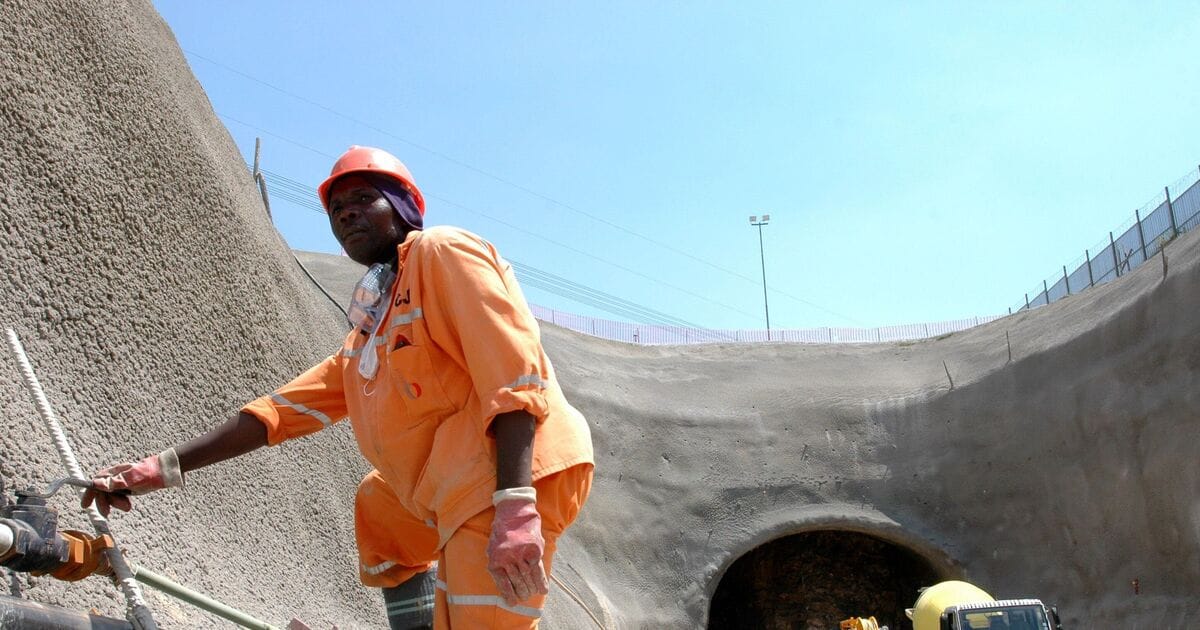Archaeologists are set to scour a little-known country in search of a “human life” breakthrough.
The west coast desert belt of southern Africa has received little attention from researchers over the years, unlike northern Africa, the Arabian Peninsula and “green corridor” migration routes.
The Namib Sand Sea is on the west coast of Namibia. It is 34,000km² between the towns of Luderitz and Walvis Bay, made up of towering dunes in a hyperarid landscape.
Researchers have reason to believe that the environment was not always so inhospitable and that there may be more to learn about early human life there.
A team of physical geographers, archaeologists and geospatial scientists, are looking into the long-term history of deserts and human-environmental interactions.
There was once a small freshwater lake in the Namib Sand Sea, fed by an ancient river and surrounded by seasonal grasses.
The site of the former lake, Narabeb, could be dated to find when ancient humans would have lived in the area and used it as a water source.
Today, Narabeb is dominated by large sand dunes over 100 metres high with no standing water and little rain most years. The researchers’ modelling suggests that it would have taken around 210,000 years to accumulate the amount of sand currently around Narabeb.
The winds pushed dunes from the southwest to the northeast, creating barriers for the river and hindering movement of people and animals along the water course.
It is surrounded by a record of stone tools from the African Middle Stone Age, between 300,000 and 20,000 years ago, suggesting people made tools here for a long time and perhaps visited the site over many generations.
The team has said that their research illustrates the need to study areas that have not been major routes of migration as they could reveal records of cultural diffusion, innovation and adaptation to marginal and changing environments.










